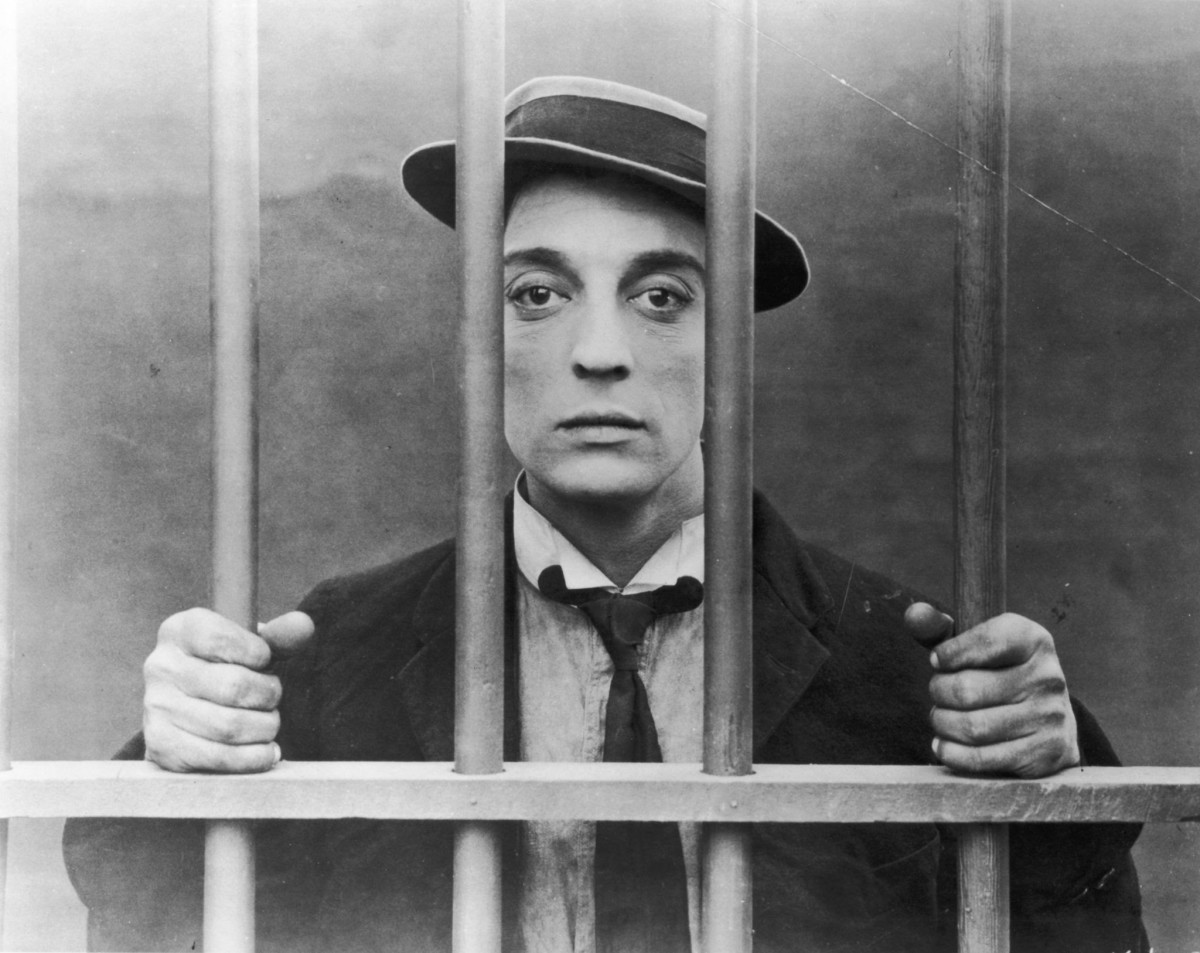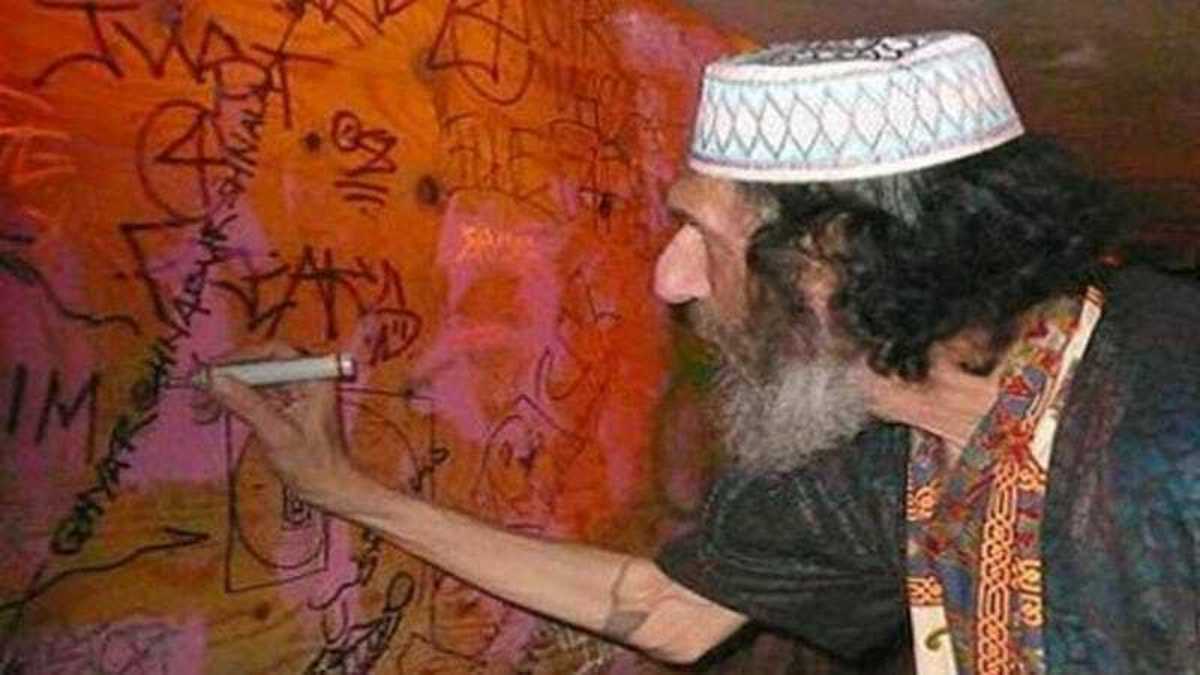Busby Berkeley, Imagination of Genius
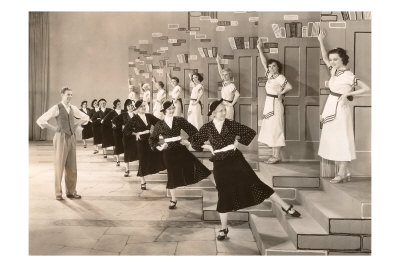
Hollywood Genius
Everyone knows the Busby Berkeley style. He was a movie director and choreographer who created lavish dance numbers with elaborate set designs, using sometimes hundreds of dancing girls, weaving intricate geometric patterns and images. He was a true innovator in both dance and film making and although, surprisingly, he couldn't dance himself, he had an incredible feel for movement on film. He never won an Oscar but was nominated three times for Best Dance Direction, in 1936, 1937 and 1938.
Early Years
He was born William Berkeley Enos on 29 November, 1895, in Los Angeles. 'Buzz' became his nickname. His father, who died when he was a small boy, was an actor and director of a Repetory company and his mother was the actress, Gertrude Berkeley. In his early days, he worked for a shoe company in Athol, Massachusetts for three years. In his spare time he played semi-pro baseball, played in local shows and organized a dance band, although, amazingly, he couldn't dance himself, a fact he went to great pains to hide throughout his career.
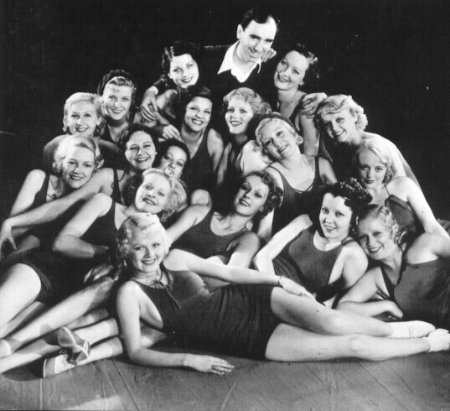
After training as an army cadet he started his musical career in the US Army in 1918, as a lieutenant in the artillery designing, conducting and directing parade drills for both the French and U.S. armies. Berkeley’s World War I service was significant for the images he created in his musical sequences and his later service as an aerial observer with the Air Corps helped his visualisation of symmetrical images viewed from an overhead position. In addition, that training developed his approach to economical direction. Berkeley often used storyboarding to provided instructions to chorus girls on a blackboard, which he used to illustrate the formations they were to achieve.
At the end of World War 1 he was ordered to stage camp shows for the soldiers. After leaving the army he became stage actor and assistant director in smaller acting troop shows. He soon moved to Broadway where his talent for staging extravagant dance routines became clear after he was forced to take over the direction of the musical "Holka-Polka". He quickly became one of the top Broadway dance directors and in all he staged the dances for seventeen Broadway productions, including A Connecticut Yankee (1927), Present Arms (1928) and Sweet and Low (1930). He had become extremely well known and it wasn't long before Hollywood, and national fame beckoned.
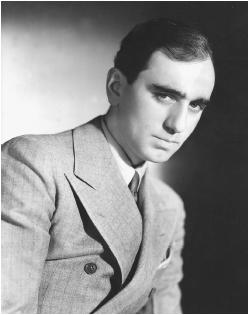
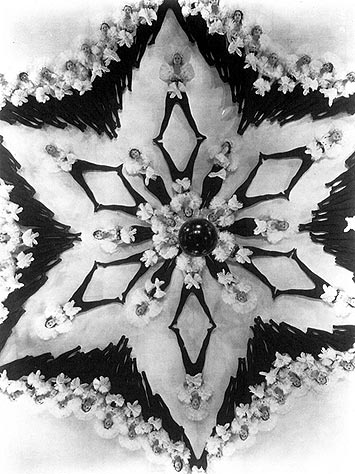
First Success
His first Hollywood assignment was "Whoopee!," an adaptation of Florenz Ziegfeld's smash Broadway musical, on which Mr. Berkeley served as a choreographic consultant.
In 1929 he was invited by producer Florenz Ziegfeld to direct the dance routines for his film version of the Broadway hit, "A Connecticut Yankee in King Arthur's Court" starring Eddie Cantor. In those early days of Hollywood musicals the work of dance directors, movie directors and movie editors were all done separately by different people. Berkeley wanted to combine the roles and he convinced the producer, Samuel Goldwyn, to let him.
He quickly became well known for his lavish dance routines and painstaking attention to detail. Berkeley's big break came in 1932 when he was asked by Darryl F. Zanuck, chief producer of Warner Brothers, to direct the musical numbers of their newest project, the drama of backstage theatre life called "42nd Street". The movie was a smash hit with outstanding numbers like "Shuffle Off To Buffalo", "Young and Healthy" and the wonderful 'moving skyscrapers' finale. Warner Brothers knew who had helped to make the movie such an extraordinary success and Busby Berkeley, as well as, the composer Harry Warren and the lyricist Al Dubin were all given seven year contracts.
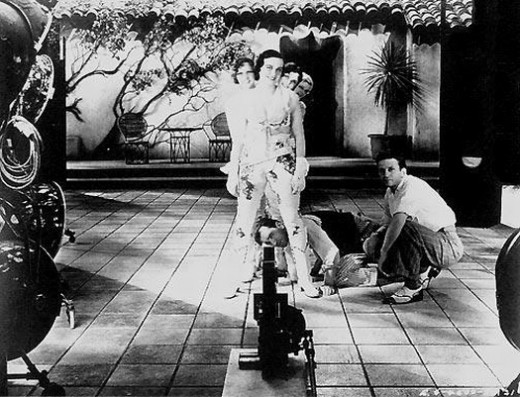
Classic Musicals on Hub Pages
- 42nd Street, Musical Genius
A behind the scenes musical story of life on Broadway. It was nominated for a Best Picture Oscar and features Busby Berkeley's fantastic choreography and production design. It is fast moving, refreshing and a sheer joy to watch. - Singin' In The Rain, Happy Hollywood
Singin' In The Rain has been called the greatest musical ever produced. It has everything - great cast, great songs and dance routines and a wonderful story. Two of the musical sequences have passed into folklore for their brilliance - Gene Kelly's c - An American In Paris - Elegant Masterpiece
With music by George Gershwin, athletic dancing and choreography of Gene Kelly at his best, lavish sets and costumes, tremendous Technicolor cinematography, and a happy, old-fashioned love story, it is not surprising that the movie won 6 Oscars. - The Wizard of Oz
The Wizard of Oz is a classic, much loved film musical and is generally ranked among the top ten best movies of all-time. Its Oscar winning song, "Over the Rainbow," was almost cut from the film as being too sophisticated for the young Judy Garland.
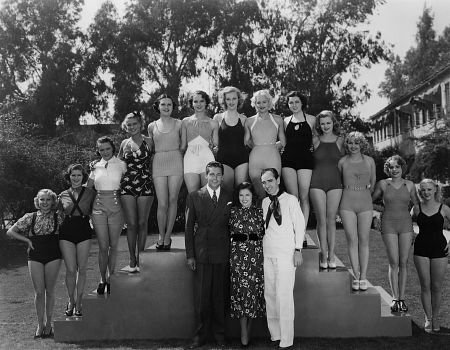
Fruition of a Talent
For the next 5 years Berkeley continued to create and direct some of the greatest musical numbers Warner Brothers produced. He gradually increased the numbers of dancing girls picture by picture until Lullaby of Broadway, his masterpiece, in "Gold Diggers of 1935", when he used about 150 girls singing and tapping together.
With World War 2, the demand for musicals abated and Berkeley left Warners for MGM. There he choreographed the final number from "Broadway Serenade" with Jeanette MacDonald. As a director and choreographer, he worked on four pictures with the teenage stars Judy Garland and Mickey Rooney. ''Strike Up the Band'' in 1940 is the most interesting and best done of the three. Two numbers "La Conga" and "Strike up the Band" are typically spectacular. He also choreographed the ''Fascinatin' Rhythm'' finale for MGM's reigning star, Eleanor Powell in "Lady Be Good". Berkeley also directed "Cinderella Jones" (1946), and "Take Me Out to the Ball Game" (1949).
Busby Berkeley Masterpieces
Pettin' in the Park
42nd Street, 1933
This was Berkeley's first huge success. It was a look at backstage theatre life, filled with slangy dialogue and cynical wisecracks, street-wise characters, dancers, and crew, and many references to the Depression. It contains incredible numbers like "Shuffle Off To Buffalo", "Young and Healthy" and the grandiose 'dancing skyscrapers' finale.
Footlight Parade
Gold Diggers of 1933
This was the first film Berkeley did after 42nd Street. The first production number of "We're In the Money", sung by Ginger Rogers, was a clear sign of the times and how money had become such a problem for Americans during the 1930s. Berkeley was a huge fan of Roosevelt and this number is his attempt to help us cope with the hard times as Roosevelt was doing with "The New Deal". Other classic Berkeley production numbers included in this film are "The Shadow Waltz" and "I've Got to Sing a Torch Song". However, the favorite of many from this picture is the "My Forgotten Man" production number. The cinematic effect of the marching men in sillouhette alongside Joan Blondell's heartfelt rendition is a masterpiece. It is Berkeley's tribute to the soldiers who came back from WWI to find a destroyed economy and no jobs for them.
Lullaby Of Broadway
Gold Diggers of 1935
Berkeley continued the Gold Digger tradition with more precision production numbers, including "The Words Are In My Heart,'' and the classic, Oscar winning "Lullaby of Broadway" sung by Wini Shaw.
Tutti Fruutti Hat - Carmen Miranda
The Gang's All Here, 1943
Berkeley's first film for 20th Century Fox contains more energy and imagination then all of his work at MGM. This is an over the top musical which includes elaborate crane shots, garish colors and gaudy decors. The most famous and spectacular number is "The Lady in the Tutti-Fruitti Hat" in which Carmen Miranda dances and sings amidst a sea of gigantic fruit. This film is a must see for it illustrates popular culture of the time and is probably the most elaborate representation of the Berkeley style.
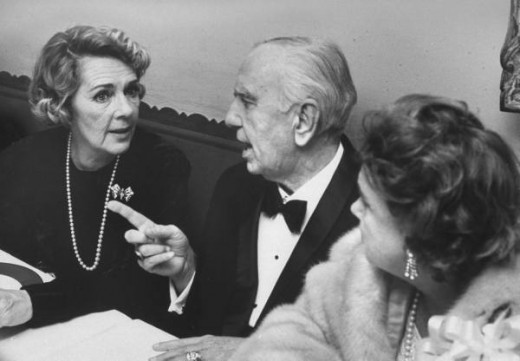
Later years
Berkeley returned to MGM in the late 1940s, where he conceived the magnificent finales for the studio's Esther Williams films, some of the most beautiful water ballets ever filmed.
Fame is fickle and by the end of the Fifties he was all but forgotten and the film "Billy Rose's Jumbo" (1962) was his last. A revival of his 1930s films in the late 1960s brought him back out of forced retirement, and in 1971 he returned to Broadway to direct "No, No Nanette." The production was a smash hit and when he entered the stage after the first evening, the house burst into spontaneous applause. He continued to tour the college and lecture circuit, and even directed a 1930s-style TV commercial, complete with overhead shots.
Berkeley's personal life was flamboyant. He was dedicated to his mother and she lived with him always. He was married three times, unsuccessfully and he was a heavy drinker. In 1935 he went on trial and was aquitted of second degree murder after a fatal car accident. He also attempted suicide twice after his mother's death in 1946.
Berkeley died in Palm Springs, California at the age of 80 on March 14, 1976.
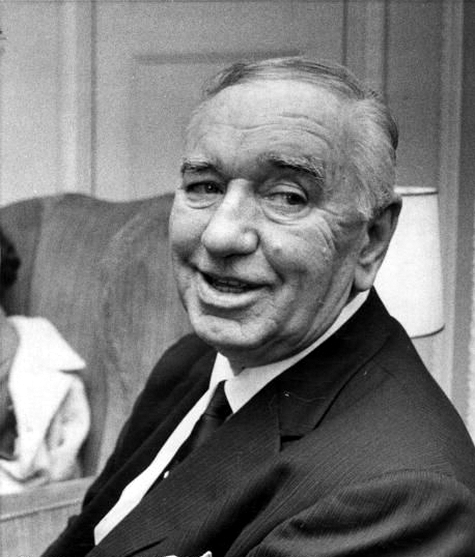
Busby Berkeley on Amazon
Busby Berkeley Resources
- Hollywood's Golden Age
Unique profile and information site about the actors, the actresses, the directors and the great films they made in the golden age of Hollywood. - Busby Berkeley
All about Busby Berkeley, the legendary movie director and choreographer who created lavish, unforgettable dance numbers with hundreds of dancing girls, weaving intricate patterns and images.
Why not SIGN UP WITH HUBPAGES TODAY?
- HubPages New User Signup
HubPages membership is totally FREE - So get writing, make friends (and if you want) Make Some Money!




